Growing Focus on Women's Health
The Asherman's Syndrome Market is benefiting from an increasing emphasis on women's health issues. As healthcare systems worldwide prioritize women's reproductive health, there is a growing recognition of conditions like Asherman's Syndrome Market that can significantly impact fertility and quality of life. This heightened focus is leading to more funding for research and awareness campaigns aimed at educating both healthcare professionals and patients about the condition. As a result, the market is likely to see an influx of new treatment options and diagnostic tools tailored specifically for women suffering from Asherman's Syndrome Market. The societal shift towards prioritizing women's health is expected to create a more supportive environment for patients seeking care.
Patient Advocacy and Support Groups
The emergence of patient advocacy and support groups is playing a pivotal role in shaping the Asherman's Syndrome Market. These organizations are dedicated to raising awareness about the condition, providing resources for affected individuals, and advocating for better treatment options. By fostering a community of support, these groups empower patients to seek medical attention and share their experiences, which can lead to increased diagnosis rates. Furthermore, advocacy efforts are likely to influence healthcare policies and funding for research related to Asherman's Syndrome Market. As these groups continue to grow in influence, they may drive demand for more comprehensive care solutions within the Asherman's Syndrome Market, ultimately benefiting patients and healthcare providers alike.
Technological Innovations in Treatment
Innovations in medical technology are significantly influencing the Asherman's Syndrome Market. The development of minimally invasive surgical techniques, such as hysteroscopic surgery, has revolutionized the treatment landscape for patients with intrauterine adhesions. These advancements not only enhance patient outcomes but also reduce recovery times, making treatment more accessible. Furthermore, the introduction of advanced imaging technologies allows for better diagnosis and assessment of the severity of Asherman's Syndrome Market. As these technologies continue to evolve, they are likely to attract investment and research, thereby propelling the growth of the Asherman's Syndrome Market. The integration of artificial intelligence in surgical planning may also emerge as a transformative factor in the near future.
Rising Incidence of Asherman's Syndrome
The Asherman's Syndrome Market is experiencing a notable increase in the reported incidence of this condition, which is characterized by intrauterine adhesions. Recent studies indicate that the prevalence of Asherman's Syndrome Market may be higher than previously estimated, particularly among women undergoing surgical procedures such as dilation and curettage. This rising incidence is likely to drive demand for diagnostic and therapeutic options within the Asherman's Syndrome Market. As awareness grows, healthcare providers are more frequently identifying and diagnosing this condition, leading to an increased need for effective treatment solutions. Consequently, the market is expected to expand as more patients seek interventions to restore fertility and improve reproductive health.
Increased Investment in Research and Development
Investment in research and development within the Asherman's Syndrome Market is on the rise, driven by the need for better understanding and treatment of this condition. Pharmaceutical companies and medical device manufacturers are allocating resources to develop innovative therapies and surgical techniques aimed at addressing the challenges posed by Asherman's Syndrome Market. This influx of funding is likely to lead to breakthroughs in treatment options, including novel medications and advanced surgical instruments. As research progresses, the market may witness the introduction of new products that enhance the efficacy of existing treatments, thereby improving patient outcomes. The commitment to R&D is crucial for the long-term growth and sustainability of the Asherman's Syndrome Market.


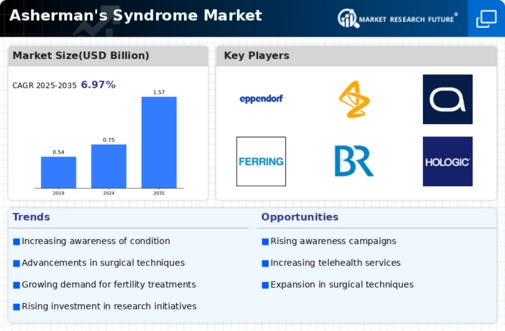
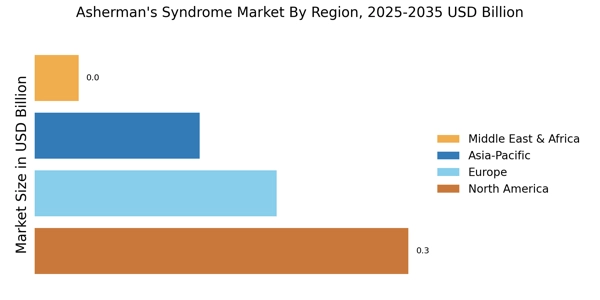
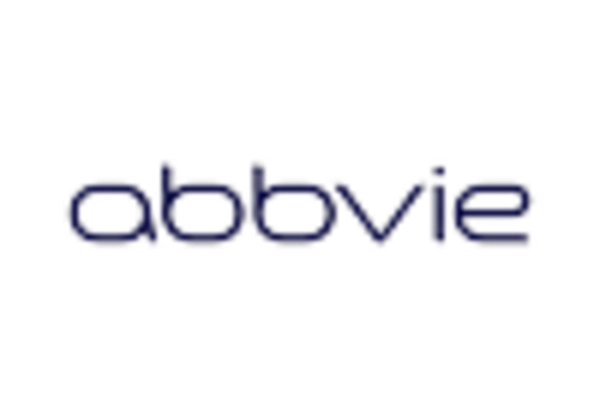

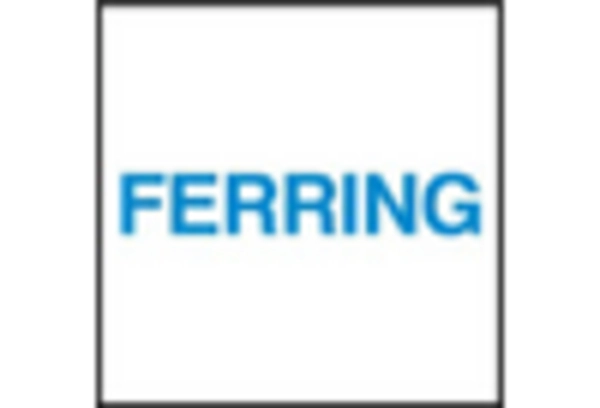
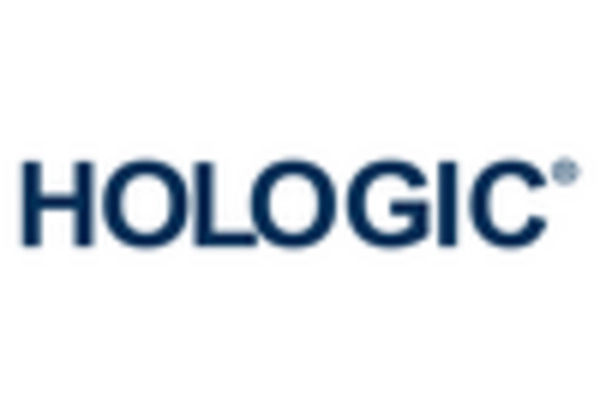










Leave a Comment